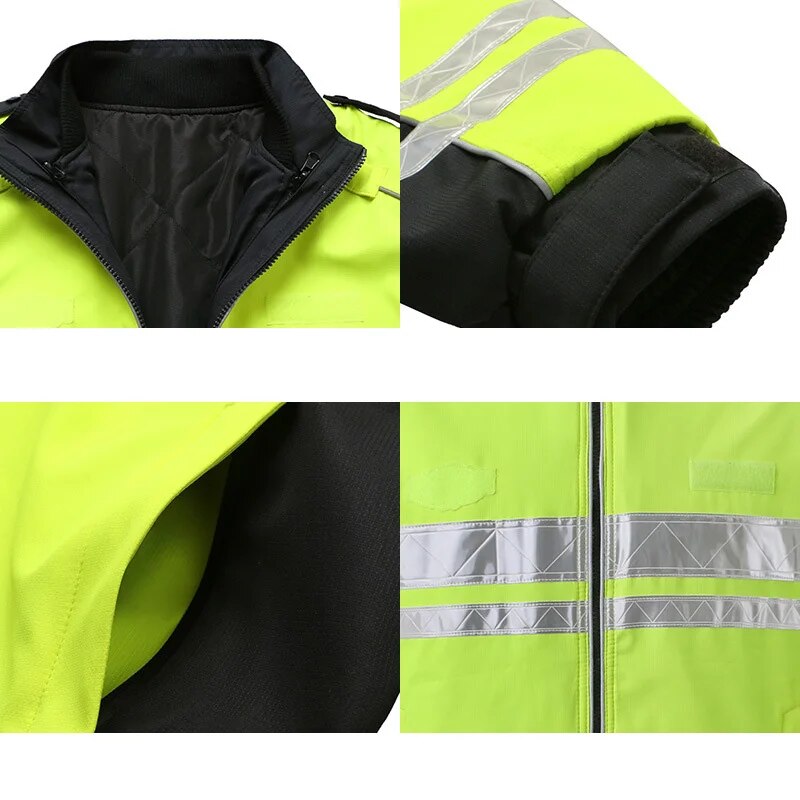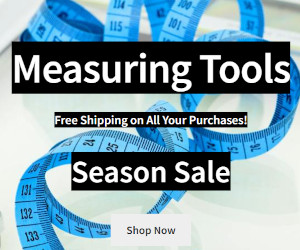
Introduction
In today’s fast-paced world, safety should never take a back seat. Whether you’re a pedestrian, cyclist, motorcyclist, or working in an industrial setting, these can play a vital role in keeping you safe. These garments are designed to enhance visibility, especially in low-light conditions, ensuring that you stand out to motorists and others sharing the road or workspace with you. In this comprehensive guide, we’ll delve into the factors to consider when choosing the right one, providing you with the knowledge to stay safe without compromising on style.
Understanding Reflective Clothing
This often referred to as high-visibility or hi-vis clothing, is specially designed to make the wearer visible in low-light or adverse weather conditions. This clothing typically incorporates retroreflective materials, which bounce light back to its source, making the wearer stand out. Common applications for it include:
- Road Safety: Pedestrians, cyclists, and motorcyclists use reflective clothing to increase their visibility to drivers, particularly during dawn, dusk, and nighttime.
- Industrial Safety: Workers in construction, manufacturing, and other high-risk environments wear it to enhance safety in low-light conditions.
- Outdoor Recreation: Reflective gear is also popular among runners, hikers, and other outdoor enthusiasts who want to stay visible during evening or early morning activities.
Now, let’s explore how to choose the perfect for your specific needs.
Factors to Consider When Choosing
- Type of Activity: Consider the type of activity you’ll be engaged in while wearing reflective clothing. Road cyclists may prefer high-visibility cycling jerseys, while construction workers might opt for reflective vests. Knowing your specific use case will help you narrow down your options.
- Certifications and Standards: Look for clothing that meets safety standards and certifications in your region, such as ANSI/ISEA standards in the United States or EN ISO standards in Europe. These standards ensure that the clothing provides a certain level of visibility and safety.
- Color and Style: Reflective clothing comes in various colors and styles. While neon yellow and orange are common choices due to their high visibility, you can find it in other colors that may be more appealing to your personal taste.
- Material and Durability: This is often made from lightweight, breathable materials. Ensure that the material is durable and suitable for your intended use. For outdoor activities, consider weather-resistant options.
- Reflective Material Type: Reflective clothing can use different materials like glass beads, prismatic tape, or micro-prismatic film to create reflective surfaces. The choice of material can affect the clothing’s reflective properties and durability.
- Fit and Comfort: Opt for clothing that offers a comfortable and secure fit. It should allow freedom of movement and not be overly restrictive. Ensure that it’s available in your size for the best comfort.
- Visibility in Different Conditions: Consider where and when you’ll be wearing the clothing. If you expect to be out in the rain, look for waterproof or water-resistant options. If you’ll be exposed to extreme temperatures, choose clothing suitable for the conditions.
- Additional Features: Some reflective clothing may come with extra features like ventilation, pockets, or adjustable elements. Determine which additional features are essential for your comfort and convenience.
- Maintenance: This should be easy to care for. Check washing instructions to ensure that it can be cleaned without compromising its reflective properties.
- Budget: Reflective clothing is available at various price points. Determine your budget and seek options that offer a balance between quality and affordability.
Choosing the Right Type of Reflective Clothing
- Reflective Vests and Jackets: These are versatile options suitable for various activities. Reflective vests can be worn over your regular clothing, making them a practical choice for both cyclists and construction workers.
- High-Visibility Shirts and Jerseys: Ideal for runners, cyclists, and outdoor enthusiasts, these clothing items often combine reflective material with moisture-wicking fabric to keep you comfortable during physical activities.
- Reflective Pants and Trousers: If you’re looking for lower body visibility, reflective pants or trousers can be an excellent choice for cyclists, joggers, or workers in low-light environments.
- Rainwear with Reflective Elements: For those frequently exposed to rain or adverse weather conditions, consider reflective rain jackets, ponchos, or rain pants that combine protection from the elements with enhanced visibility.
- Accessories: Don’t forget about reflective accessories like gloves, hats, and shoe covers. These items can provide additional visibility without the need for a full outfit.
Conclusion
Choosing the right clothing is not just about staying safe; it’s also an opportunity to express your style. These options have evolved to offer a wide range of styles, materials, and features to cater to different needs and preferences. When selecting reflective clothing, prioritize safety and visibility, but don’t hesitate to find garments that resonate with your personal style and comfort.
Remember that it is a valuable investment in your safety, particularly in situations where visibility can make all the difference. So, whether you’re cycling, working in a construction zone, or going for an evening run, make sure to choose the perfect one to keep yourself safe and stylish simultaneously.


